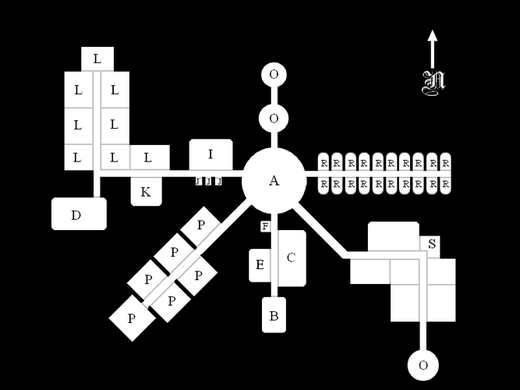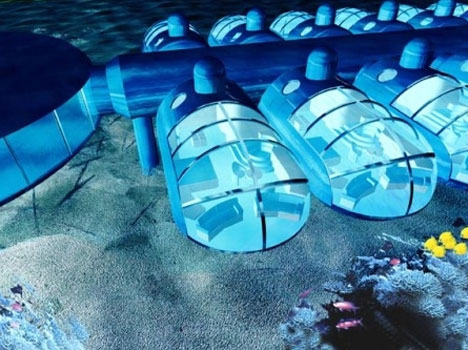Roughly ten years ago, nations in The East Pacific, in order to understand and study at previously unlivable depths, came together to build an International Sealab, a facility used to further education and development in the region, as well as strengthen bonds in the realm. They created labs in two locations - one in the “ring” region in the ocean, and one in the sea bordered by Infinite Loop, The Capital District, and Stromburg. This focuses on the latter sealab, which just finished construction roughly one year after the first one. Various underwater subs / diving equipment have been fashioned exclusively, donated by various nations, for the advancement of underwater exploration and discovery.
A map of the building is provided below. The building, which consists of various sections built and designed by different nations, is connected via a series of tubes (no pun intended) and, in some cases, is joined wall-to-wall. The facility is massive - larger than the first sealab - providing sufficient space for some 40-60 people to live comfortably for an extended period of time. Important points of the lab is a greenery where plants and vegetation can grow (as well as supply sufficient oxygen), and a cafeteria where all scientists may eat. Classrooms also exist for students wishing to learn more about the sea on a more personal basis, along with personal and communal labrooms. Sleeping quarters and living quarters are located in the central section and east wing. Docks for submarines are located on the west wing in addition to diving chambers capable of allowing divers to pressurize and explore the waters surrounding the facilities.

SealabII.png Key:
A - Main room / lounge room (two stories)
B - Cafeteria
C - Conservatory
D - Submarine docks
E - Exercise room
F - Restrooms (scientist’s quarters contain bathrooms too)
I - Infirmary
J - Diving chambers
K - Library
L - Communal labs (labs everyone uses)
P - Private Labs (designated by supporting nations)
O - Observation area
R - Residencies / scientist’s quarters
S - Service closet
Smaller rooms not pictured
Some pictures:

Outside view of the residencies

Interior view of the residencies